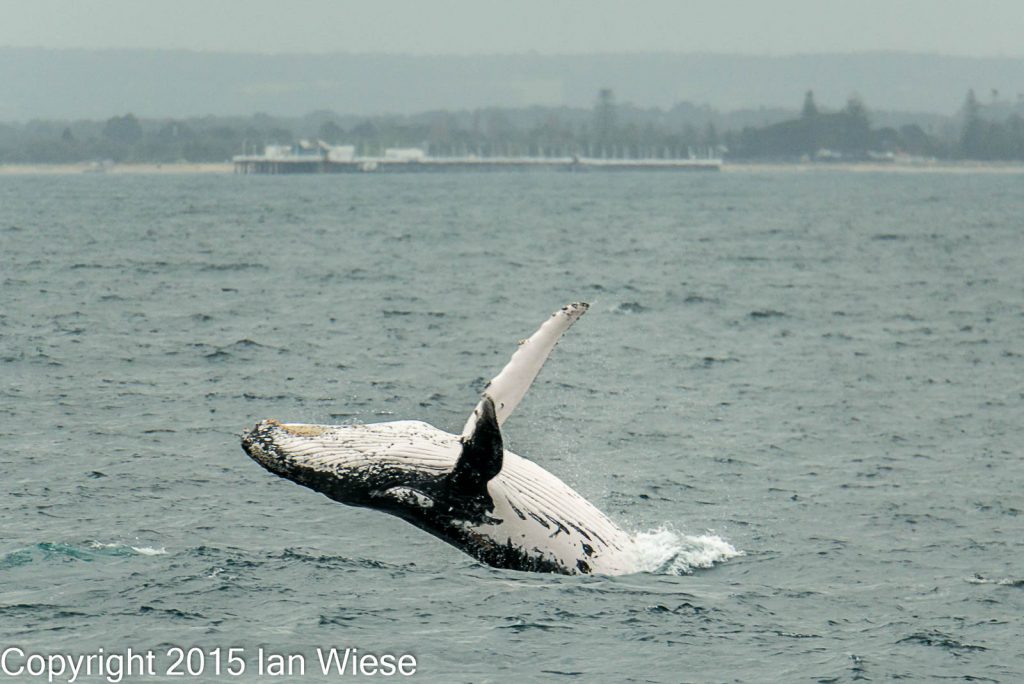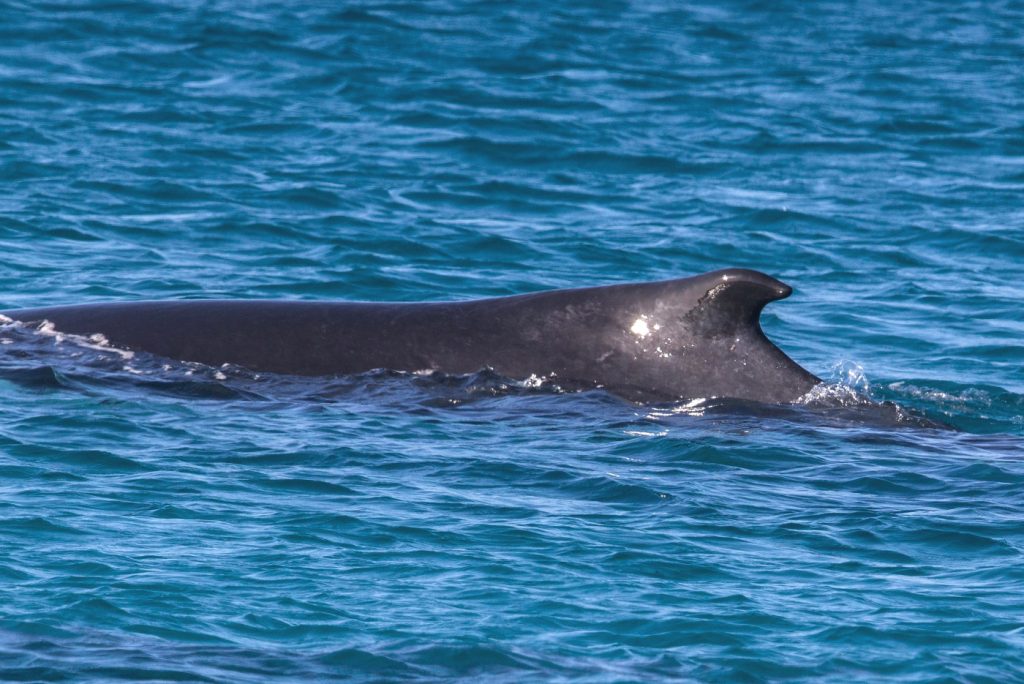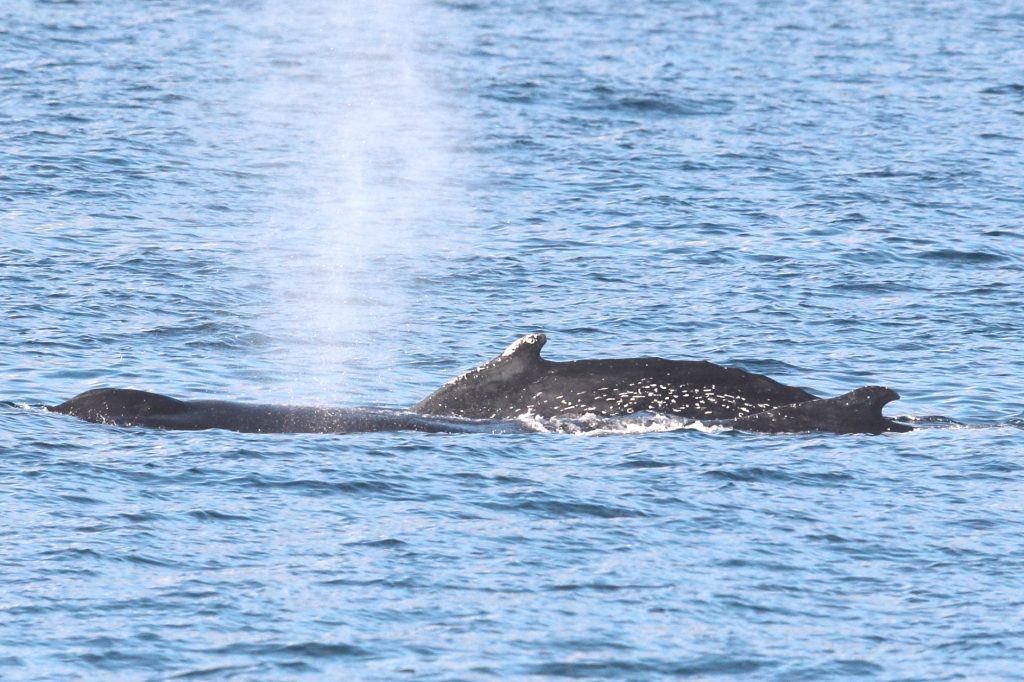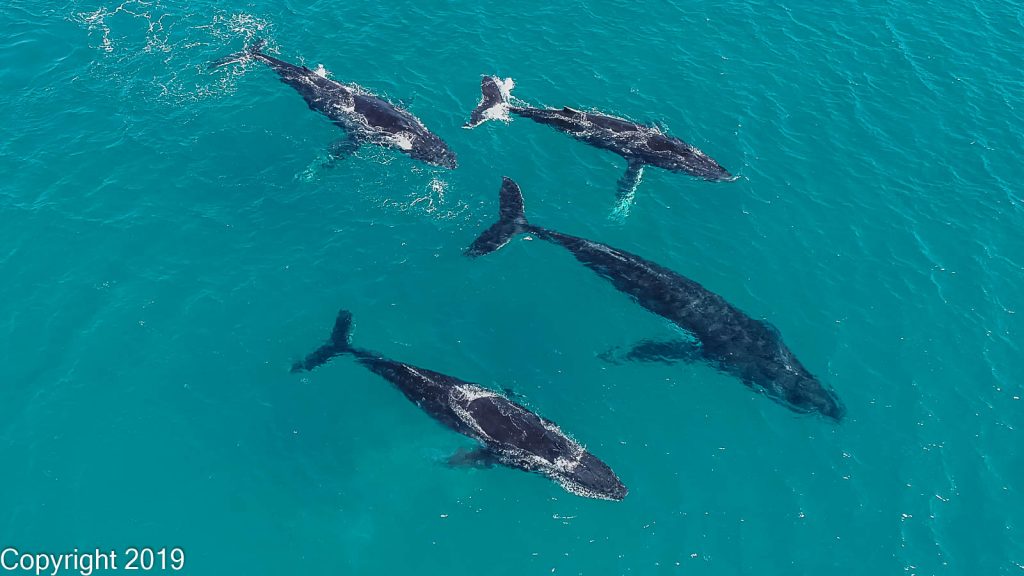
The most numerous species are the humpbacks. They spend summer in Antarctic waters feeding on krill. They eat enormous amounts of krill putting on reserves of blubber to allow them to undertake one of the longest mammal migrations on the planet. The population that migrates along the west coast of Australia travel northward along the coast and mostly as far as off the Kimberley region. Many of these northbound humpbacks that reach the south coast of West Australia on their way north pass through Flinders Bay at Cape Leeuwin. After passing Cape Leeuwin they generally stay well out to sea and we usually don’t see them in Geographe Bay on their northward trip.

When they reach their final destination the pregnant females calve and spend the rest of our winter protecting their calves and feeding them to enable them to make the trip south in time for the summer feeding bonanza.

When they reach their final destination the pregnant females calve and spend the rest of our winter protecting their calves and feeding them to enable them to make the trip south in time for the summer feeding bonanza.
Mother and calf
From July to late November we start to see humpbacks passing through Geographe Bay on their way south from northerly calving grounds. On the return journey many travel closer to the coast and when they reach Geographe Bay they turn west and head towards Cape Naturaliste to continue their southwards journey. The numbers travelling through Geographe Bay each year are increasing and sightings now have exceeded 4500!
The humpback whales are thought to mostly not eat during this entire migration, although they may take advantage of opportunities that present themselves on their voyage.

